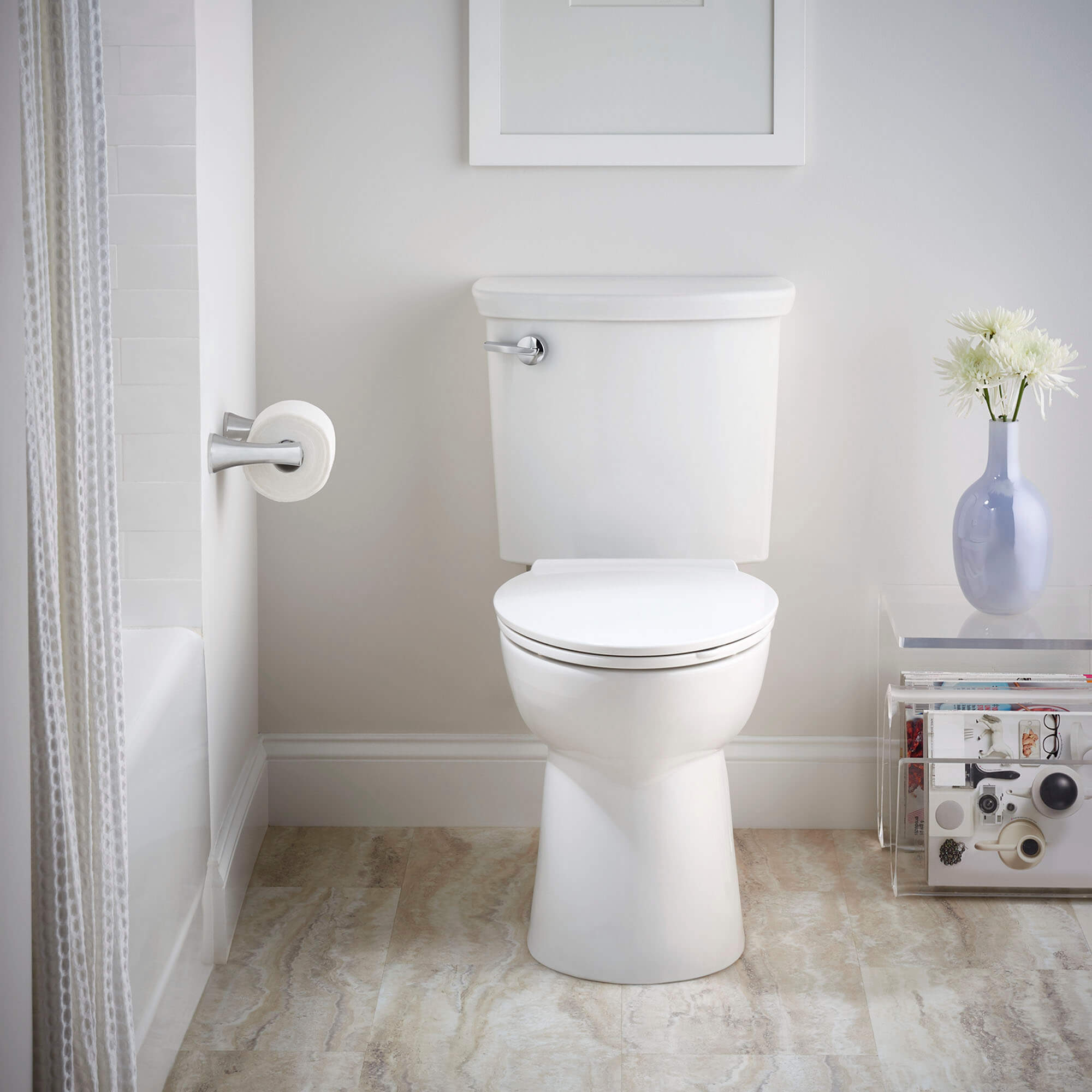

Articles
What Is Ada Toilet Height
Modified: March 19, 2024
Discover the optimal height for ADA-compliant toilets in this informative article. Learn more about the importance of ADA toilet height and its benefits.
(Many of the links in this article redirect to a specific reviewed product. Your purchase of these products through affiliate links helps to generate commission for Storables.com, at no extra cost. Learn more)
Introduction
When it comes to choosing the right toilet for your home or commercial space, considering accessibility and comfort is key. For individuals with disabilities or mobility issues, having an ADA (Americans with Disabilities Act) compliant toilet can make a significant difference in their daily lives. One essential aspect of an ADA-compliant toilet is its height.
In this article, we’ll explore and delve into the importance of ADA toilet height, its requirements and regulations, the benefits it offers, and how to choose and install the right ADA toilet height for your needs.
So, if you’re curious about what exactly ADA toilet height entails and why it matters, read on to find out more.
Key Takeaways:
- ADA toilet height is crucial for improving accessibility and safety for individuals with disabilities. It offers benefits such as enhanced comfort, inclusivity, and compliance with regulations, creating a welcoming environment for all users.
- When choosing and installing an ADA-compliant toilet, consider the specific needs of users, ensure optimal comfort, and adhere to ADA guidelines. Regular maintenance and cleaning are essential to uphold accessibility and hygiene standards for individuals with disabilities.
Understanding ADA Toilet Height
ADA toilet height refers to the specific height requirements set by the Americans with Disabilities Act (ADA) for toilets in public and commercial spaces. The ADA guidelines aim to ensure equal accessibility and comfort for individuals with disabilities, including those who use mobility aids like wheelchairs or have difficulty with bending or sitting.
The standard height for a regular toilet is around 15 inches from the floor to the top of the seat. However, ADA-compliant toilets have a higher seat height, typically ranging from 17 to 19 inches. This increased height makes it easier for individuals with mobility challenges to transfer to and from the toilet more comfortably.
Furthermore, ADA toilets may also have other design features, such as grab bars, additional space around the toilet, and easy-to-use flush controls, to further enhance accessibility and safety for users.
It’s important to note that ADA toilet height standards are not only applicable to public spaces; they can also be implemented in residential settings for individuals who require accessible accommodations.
By understanding the importance of ADA toilet height, you can create an inclusive and welcoming environment for everyone, ensuring that individuals with disabilities can use the facilities with dignity and ease.
Benefits of ADA Toilet Height
Choosing an ADA-compliant toilet with the appropriate height offers several benefits, both for individuals with disabilities and for anyone seeking improved accessibility and comfort. Here are some of the key benefits of ADA toilet height:
- Improved Accessibility: The increased height of an ADA-compliant toilet makes it easier for individuals with mobility challenges to sit down and stand up, reducing the strain on their joints and muscles. This enhanced accessibility promotes independence and ensures that individuals can use the toilet with greater ease and comfort.
- Enhanced Safety: ADA toilets often feature grab bars, which provide additional support for users when transferring to and from the toilet. These grab bars offer stability and security, reducing the risk of slips, falls, and accidents. The combination of the higher seat height and the presence of grab bars significantly enhances the safety of the toilet.
- Inclusive Design: Installing ADA-compliant toilets demonstrates a commitment to inclusivity and equal accessibility for all individuals. It ensures that people with disabilities have equal opportunities to use the facilities without facing unnecessary barriers. This creates a more inclusive and welcoming environment for everyone, fostering a sense of dignity and respect.
- Greater Comfort: The higher seat height of ADA toilets provides added comfort, especially for individuals who may have difficulty bending their knees or hips. The elevated position reduces strain and discomfort during use, allowing individuals to comfortably and confidently use the toilet without any unnecessary physical strain.
- Compliance with Regulations: Following ADA guidelines and installing ADA-compliant toilets ensures compliance with accessibility regulations. This is particularly important for public spaces and commercial buildings, as failure to meet ADA requirements can result in legal consequences and accessibility complaints.
Overall, the benefits of ADA toilet height extend beyond meeting regulations. They provide a practical and inclusive solution for individuals with disabilities, ultimately improving accessibility, safety, and comfort for everyone who uses the facilities.
ADA Toilet Height Requirements
The ADA has established specific requirements for the height of toilets in order to ensure accessibility for individuals with disabilities. Here are the key ADA toilet height requirements:
- Seat Height: The seat height of an ADA-compliant toilet should be between 17 and 19 inches from the floor. This measurement is taken from the top of the seat to the floor, ensuring that the toilet is positioned at a comfortable height for users to sit and stand.
- Clearance Space: In front of an ADA toilet, there should be a clear floor space measuring at least 48 inches in length and 30 inches in width. This ensures sufficient space for wheelchair users to approach and transfer to the toilet without any obstruction.
- Grab Bars: ADA toilets typically have grab bars installed near the toilet to provide support and stability for users. The grab bars should be mounted on the side wall closest to the toilet, with a length of at least 42 inches and positioned between 33 to 36 inches above the floor.
- Flush Controls: The flush controls for ADA toilets should be located on the open side of the toilet, with a maximum height of 44 inches above the floor. This allows individuals with disabilities, including those using wheelchairs, to easily reach and operate the flush controls.
It’s important to consult the ADA guidelines or consult with a professional to ensure compliance with all the specific requirements in your jurisdiction. Meeting these requirements not only ensures accessibility but also helps avoid any potential legal issues or accessibility complaints.
By adhering to these ADA toilet height requirements, you can create an environment that is inclusive and accessible to individuals with disabilities, promoting equal opportunities and ensuring that everyone can use the facilities comfortably and independently.
When looking for an ADA toilet, make sure to check the height. ADA-compliant toilets are typically between 17-19 inches in height, providing better accessibility for individuals with disabilities or mobility issues.
Choosing the Right ADA Toilet Height
When selecting an ADA-compliant toilet, it’s essential to consider the specific needs and requirements of the users. Here are some factors to consider when choosing the right ADA toilet height:
- User’s Needs: Assess the specific needs of the individuals who will be using the toilet. Consider factors such as their height, mobility limitations, and any specific requirements they may have. This will help determine the ideal height range for the ADA toilet.
- Comfort: Consider the comfort level of the users. While the ADA guidelines suggest a height range of 17 to 19 inches, it’s important to ensure that the chosen height provides optimal comfort and ease of use for the intended users.
- Space Constraints: Consider the available space in the bathroom or restroom where the ADA toilet will be installed. Ensure that there is enough clearance space in front of the toilet to accommodate wheelchair users comfortably.
- Design Features: Look for ADA toilets that not only meet the height requirements but also have additional accessibility features. These can include grab bars, larger flush buttons or levers, and easy-to-reach controls. These features can greatly enhance the overall accessibility and usability of the toilet.
- Quality and Durability: Invest in a high-quality ADA-compliant toilet that is built to last. Durability is crucial to ensure the longevity of the toilet, especially in heavily used public or commercial spaces.
- Consult with Professionals: If you’re unsure about which ADA toilet height is best for your specific circumstances, consult with professionals such as architects, plumbers, or ADA consultants. They can provide expert guidance and ensure that you make an informed decision to meet the accessibility needs of your space.
Considering these factors when choosing the right ADA toilet height will help ensure that you select a toilet that not only meets the necessary requirements but also provides optimal accessibility and comfort for the intended users.
Remember, the goal is to create a safe and inclusive environment where individuals with disabilities can use the facilities with dignity and independence.
Read more: What Is The ADA Height For Grab Bars?
Installing ADA Toilet Height
Installing an ADA-compliant toilet requires careful consideration and adherence to specific guidelines to ensure proper height and accessibility. Here are some steps to follow when installing an ADA toilet:
- Measure and Prepare: Before installation, measure the clearance space in the bathroom to ensure compliance with ADA requirements. Clear any obstructions and ensure there is enough space for wheelchair users to approach and maneuver around the toilet comfortably.
- Select the Right Toilet: Choose an ADA-compliant toilet that meets the height requirements. Consider additional accessibility features such as grab bars or larger flush controls, depending on the specific needs of the users.
- Position the Toilet: Place the toilet in the designated spot, ensuring that it is centered and at the appropriate distance from the wall. Refer to ADA guidelines for the correct measurements and clearance around the toilet.
- Secure the Toilet: Install the toilet according to the manufacturer’s instructions, ensuring that it is securely fastened to the floor. Use the appropriate hardware and materials to ensure stability and safety.
- Install Grab Bars: If your ADA toilet requires grab bars for enhanced accessibility, carefully measure and install them according to ADA specifications. Ensure that the grab bars are securely mounted to the wall at the proper height and length.
- Test and Adjust: After installing the toilet and grab bars, test the functionality and stability of the toilet. Ensure that it meets the ADA requirements for height, clearance, and grab bar placement. Make any necessary adjustments to ensure optimal accessibility.
It’s important to note that installation requirements may vary depending on the specific regulations in your jurisdiction. Always consult the ADA guidelines or consult with a professional to ensure compliance and proper installation of the ADA toilet height.
By following these installation steps, you can ensure that the ADA toilet is correctly positioned, secure, and meets the necessary height and accessibility requirements, providing individuals with disabilities a comfortable and accessible toilet experience.
Maintenance and Cleaning of ADA Toilet Height
Maintaining and cleaning an ADA toilet is essential to ensure proper hygiene, functionality, and longevity. Here are some tips for the maintenance and cleaning of ADA toilet height:
- Regular Cleaning: Clean the ADA toilet regularly to prevent the buildup of dirt, grime, and bacteria. Use a non-abrasive cleaner and a soft cloth or sponge to clean the surfaces of the toilet, including the seat, bowl, and grab bars.
- Disinfection: To maintain proper hygiene, it’s important to disinfect the ADA toilet periodically. Use a disinfectant cleaner or a mixture of bleach and water to thoroughly clean the toilet. Pay special attention to high-touch areas like the flush controls and grab bars.
- Proper Flushing: Encourage users to flush the toilet properly after each use. Adequate flushing helps keep the toilet clean and prevent any unpleasant odors or blockages.
- Check for Leaks: Regularly inspect the ADA toilet for any signs of leaks or water damage. Check the connections, supply lines, and flush mechanisms to ensure they are functioning properly. Address any leaks or issues promptly to prevent further damage.
- Maintain Grab Bars: If your ADA toilet includes grab bars, check their stability and condition regularly. Ensure that they are securely mounted to the wall and tighten any loose screws or fittings. If any grab bars show signs of wear or damage, consider replacing them promptly.
- Accessibility Considerations: Keep the area around the ADA toilet clear of any obstacles or clutter. Ensure that the clearance space in front of the toilet remains unobstructed for wheelchair users to navigate easily.
- Regular Inspections: Conduct regular inspections of the ADA toilet height to ensure that it meets the necessary height requirements. If any adjustments or modifications are needed, address them promptly to maintain compliance with ADA guidelines.
Additionally, consider implementing a regular maintenance schedule or hiring professional cleaning services to ensure that the ADA toilet remains clean, functional, and accessible for all users.
By following these maintenance and cleaning tips, you can ensure the longevity, cleanliness, and accessibility of the ADA toilet, providing a safe and hygienic environment for individuals with disabilities.
Conclusion
ADA toilet height plays a crucial role in ensuring accessibility and comfort for individuals with disabilities or mobility issues. By understanding and implementing ADA guidelines, you can create an inclusive and welcoming environment in both public and residential spaces.
The benefits of ADA toilet height are far-reaching. It improves accessibility, enhances safety, promotes inclusivity, and provides greater comfort for users. The higher seat height, coupled with features such as grab bars and easy-to-use flush controls, makes a significant difference in the daily lives of individuals with disabilities.
When choosing an ADA-compliant toilet, consider the specific needs of the users, ensure optimal comfort, and account for space constraints. Selecting a high-quality toilet that meets the necessary height requirements and additional accessibility features will enhance the overall usability and inclusivity of the toilet.
During installation, follow ADA guidelines carefully, ensuring proper positioning, secure installation, and correct placement of grab bars. Regular maintenance and cleaning are crucial to maintaining the functionality, hygiene, and longevity of the ADA toilet. Stay on top of cleaning routines, regularly inspect for leaks, and properly maintain grab bars to ensure ongoing accessibility.
In conclusion, ADA toilet height is more than a regulatory requirement; it demonstrates a commitment to equal access and inclusivity. By incorporating ADA-compliant toilets with the appropriate height, you create an environment where all individuals can use the facilities with dignity, independence, and comfort.
Remember, it’s not just about compliance; it’s about creating spaces that embrace the diversity of abilities and provide equal opportunities for all.
Frequently Asked Questions about What Is Ada Toilet Height
Was this page helpful?
At Storables.com, we guarantee accurate and reliable information. Our content, validated by Expert Board Contributors, is crafted following stringent Editorial Policies. We're committed to providing you with well-researched, expert-backed insights for all your informational needs.
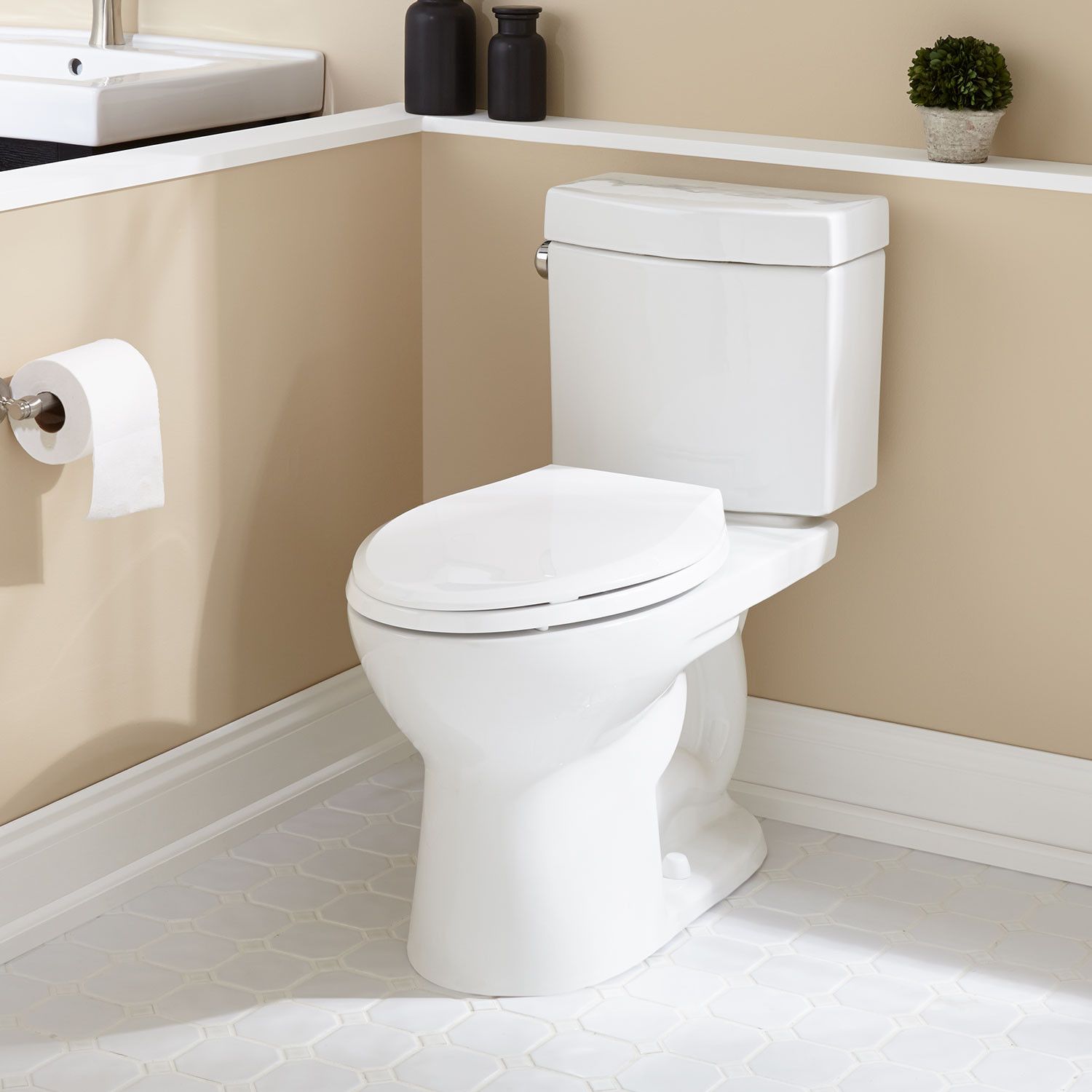
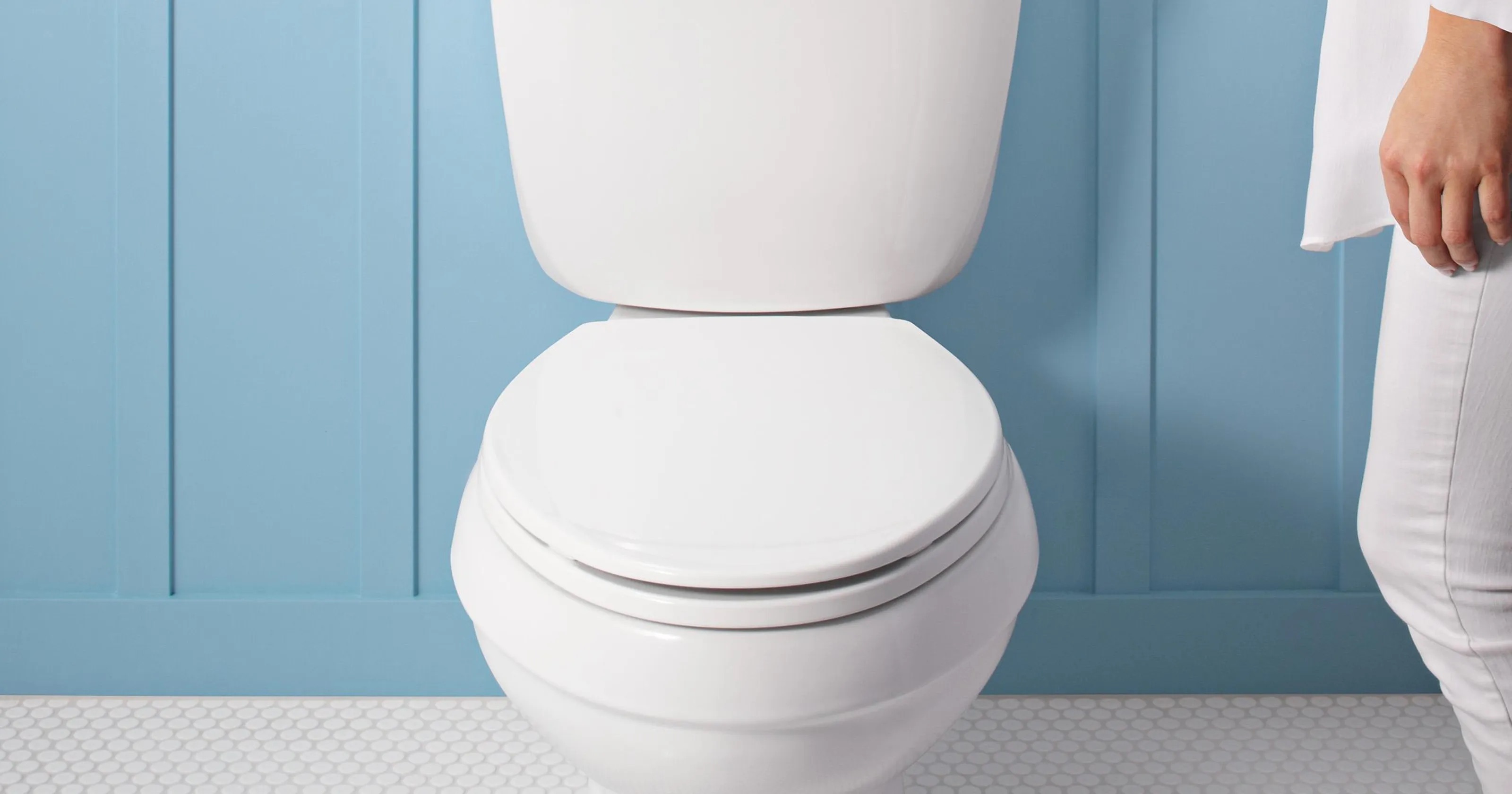
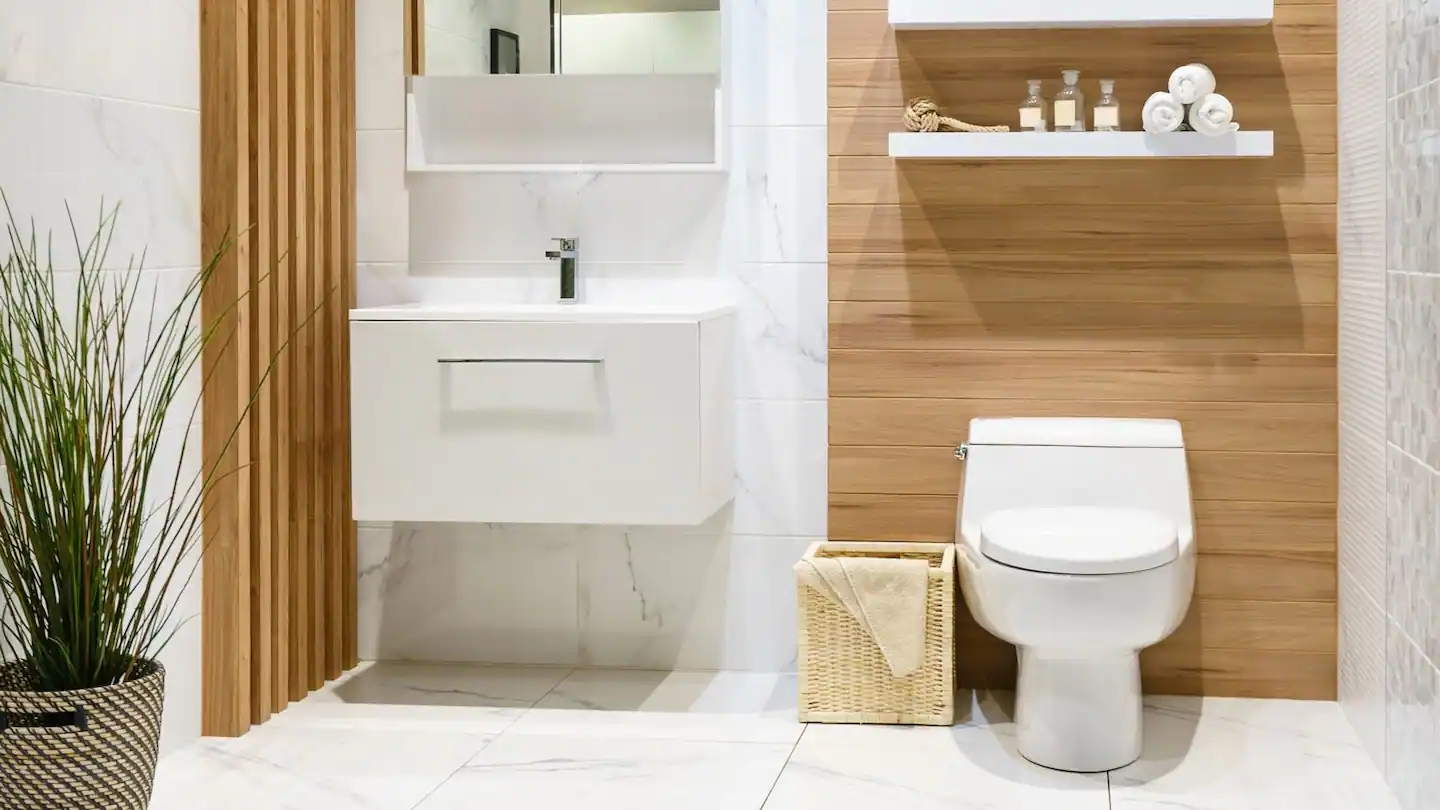
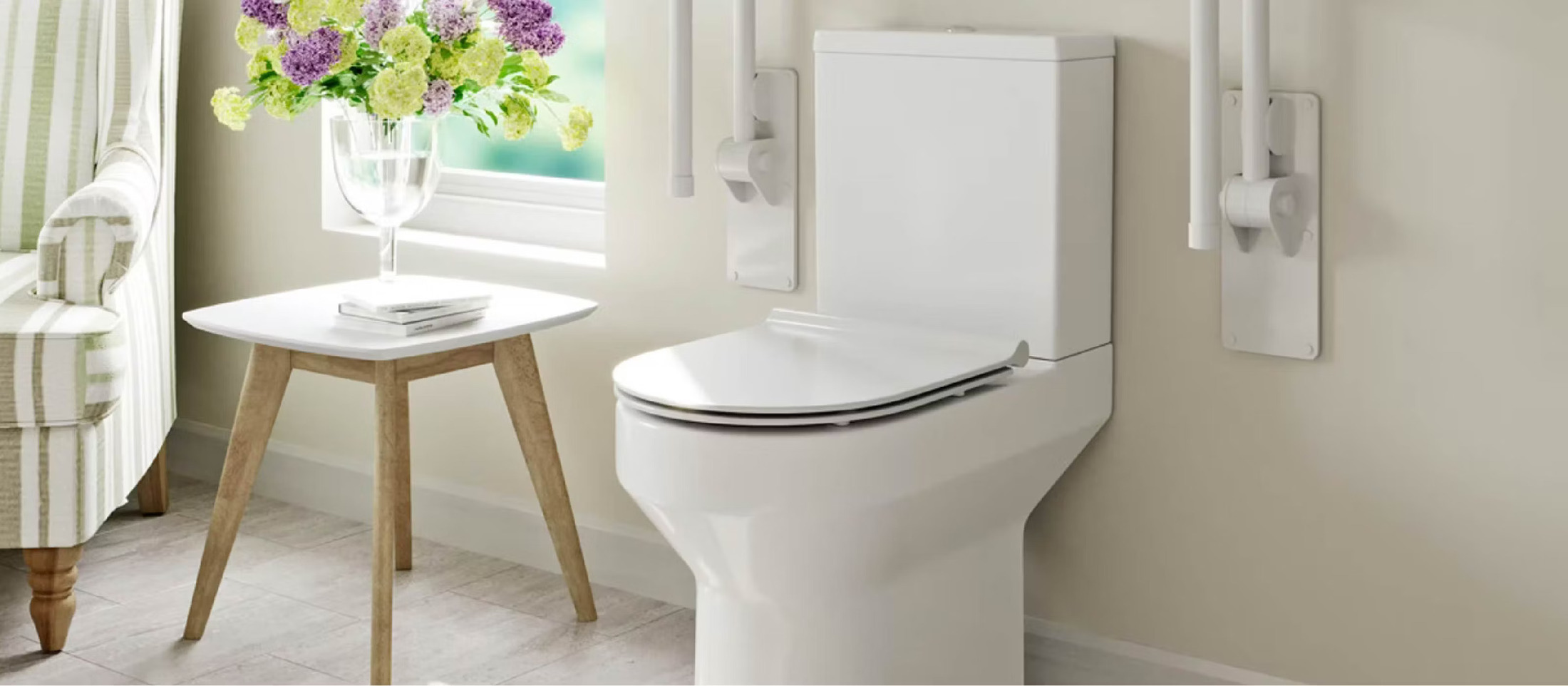
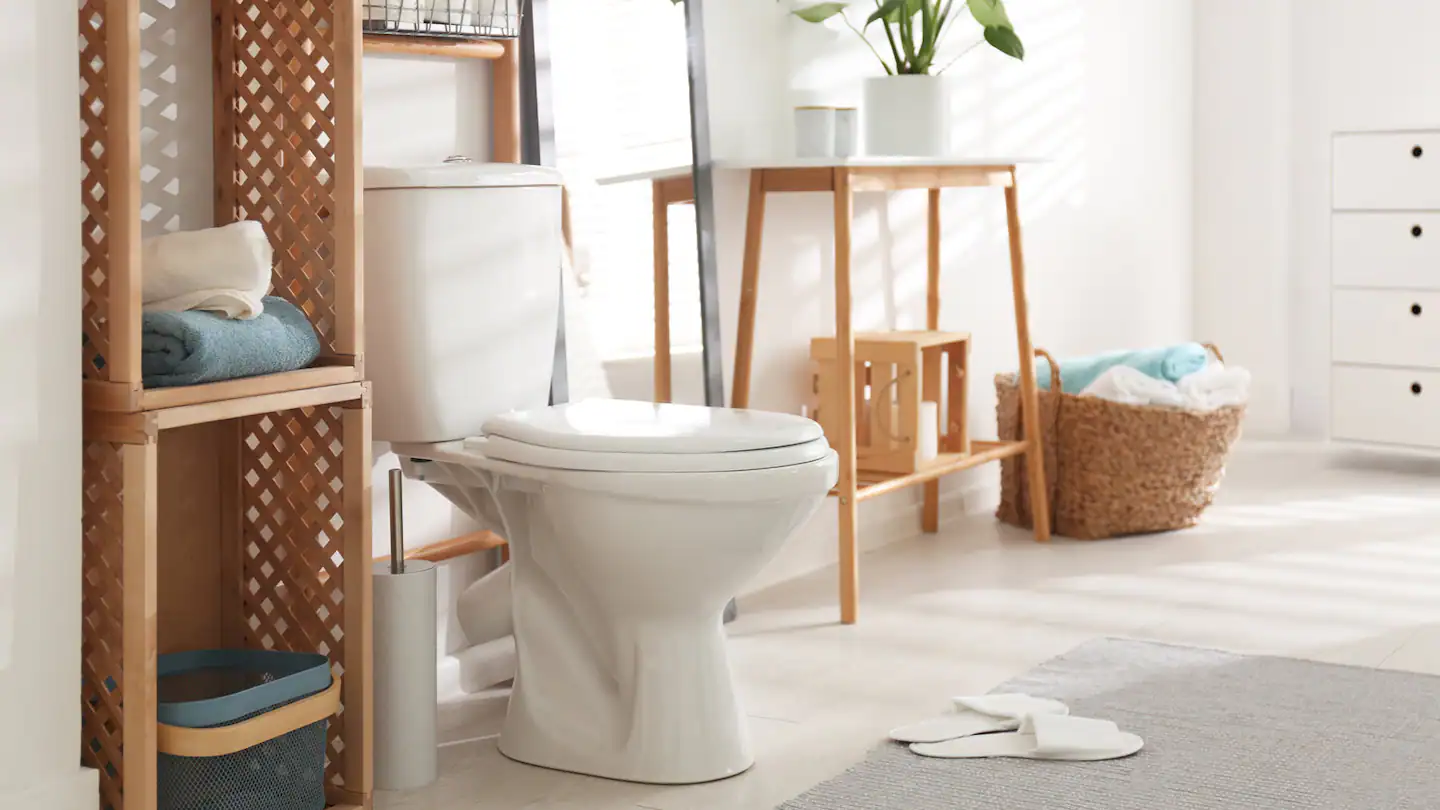
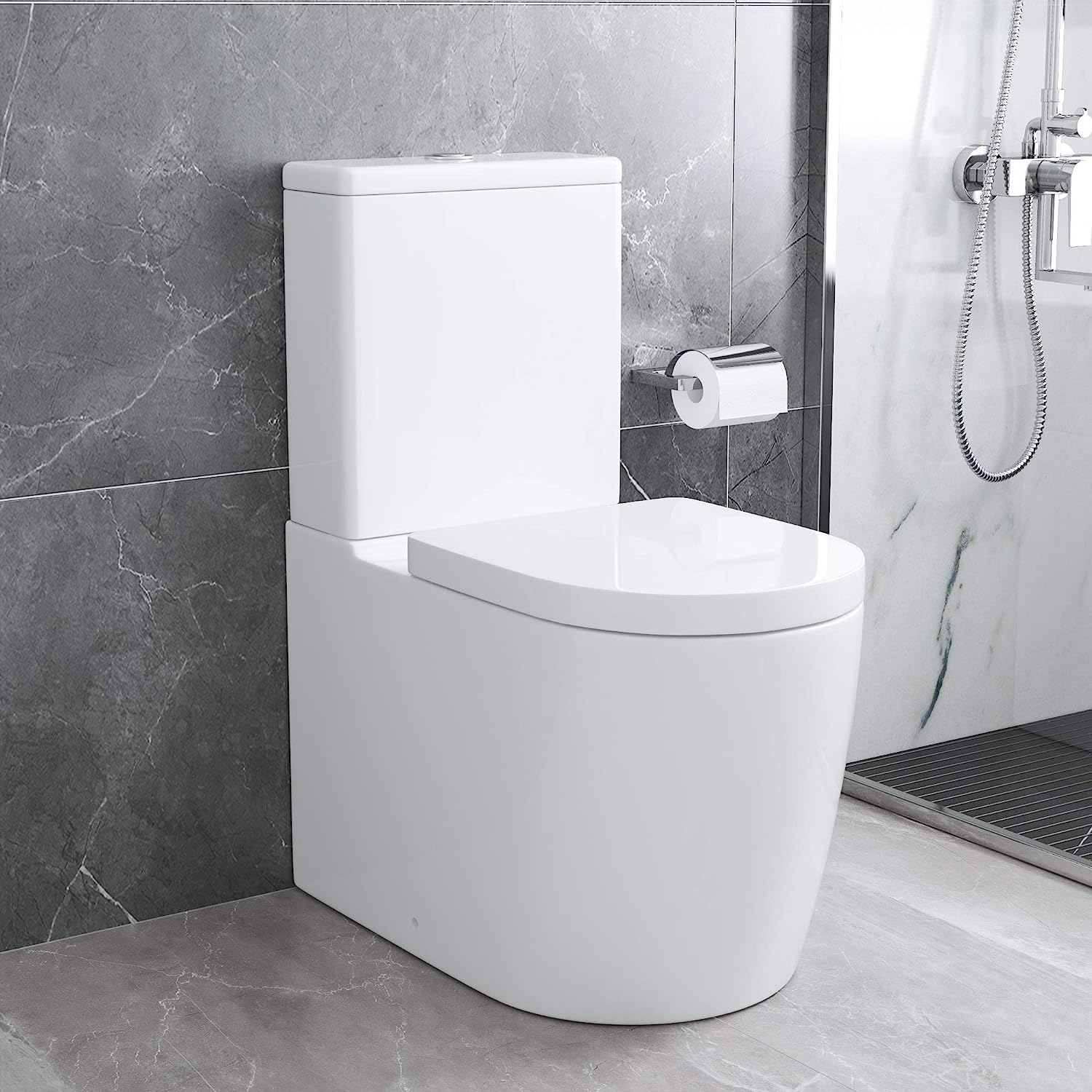
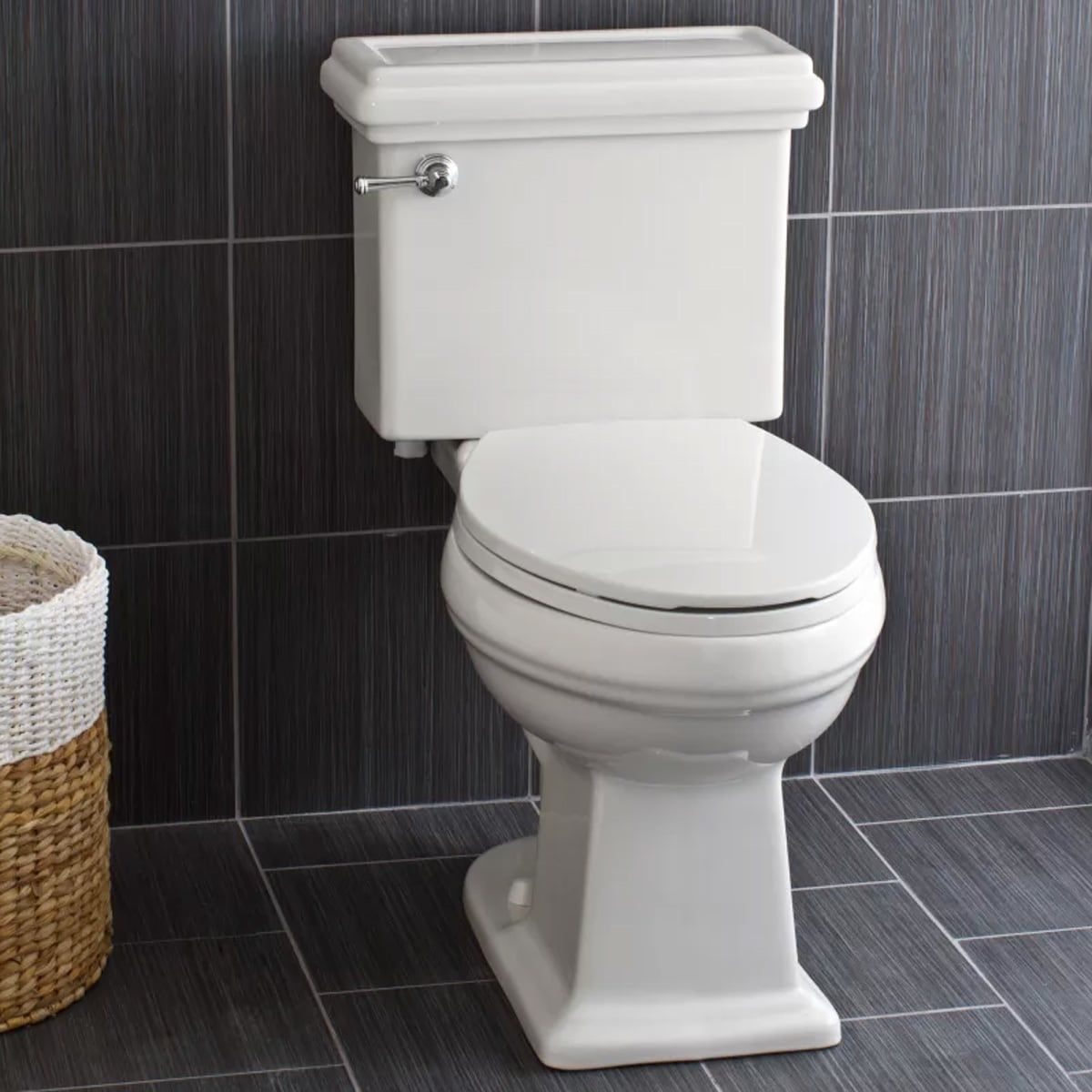
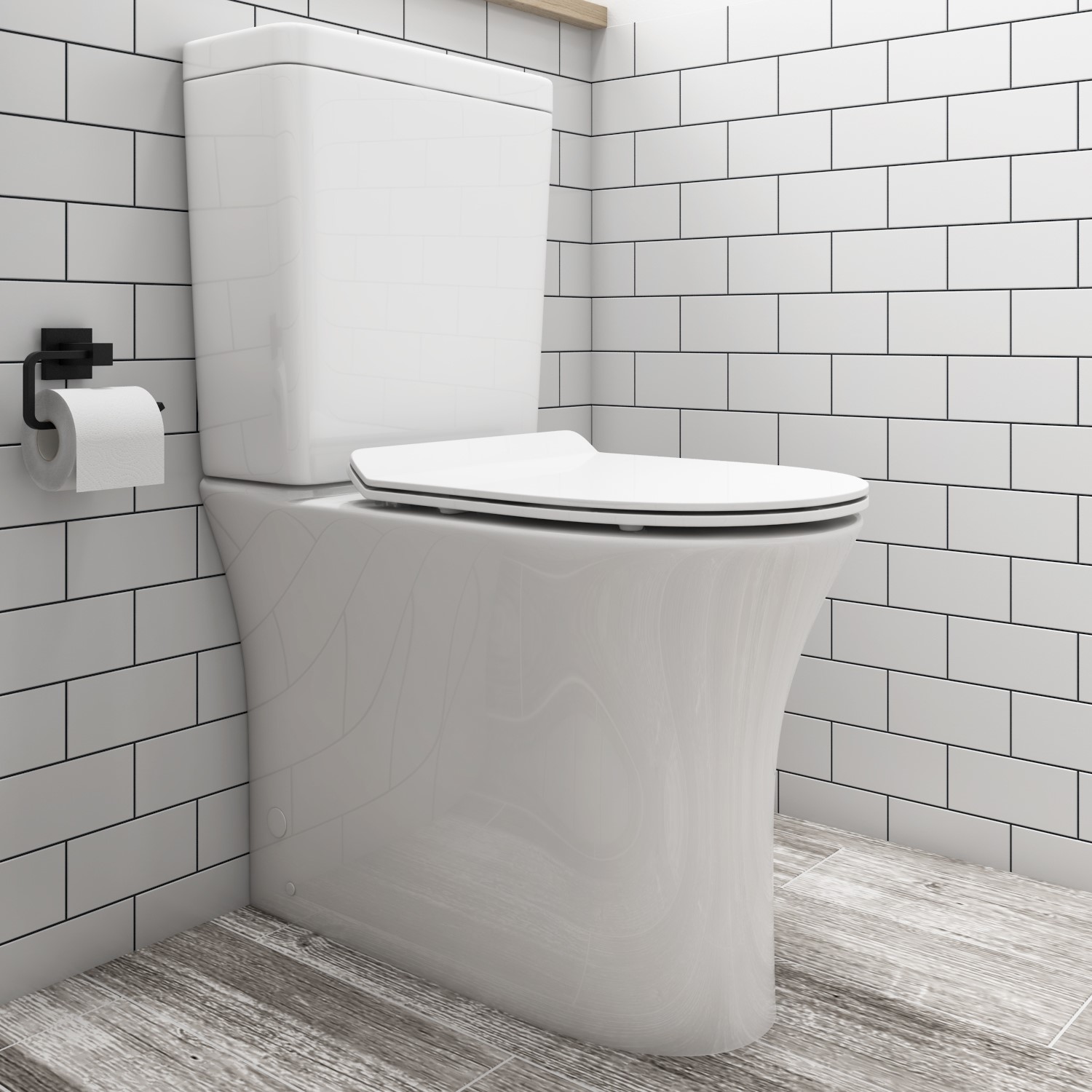
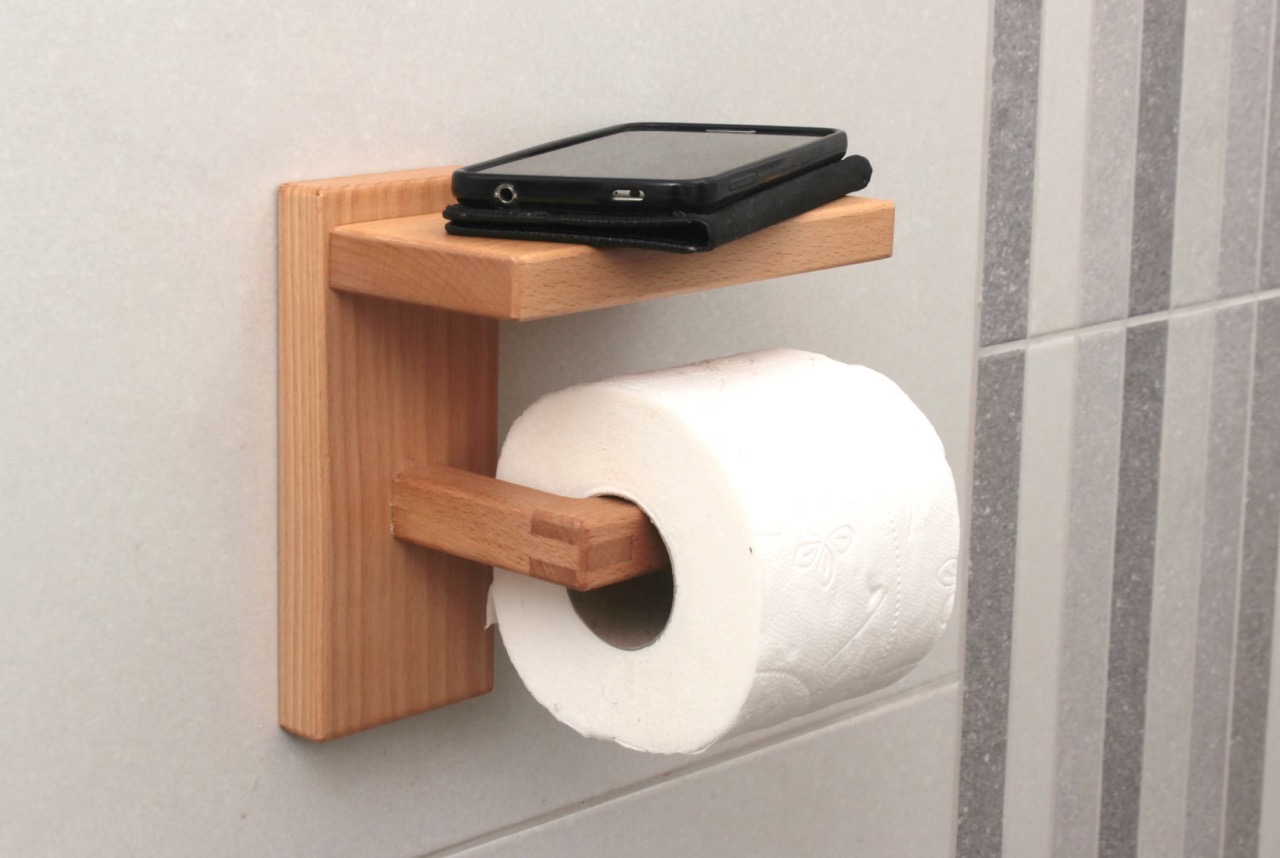

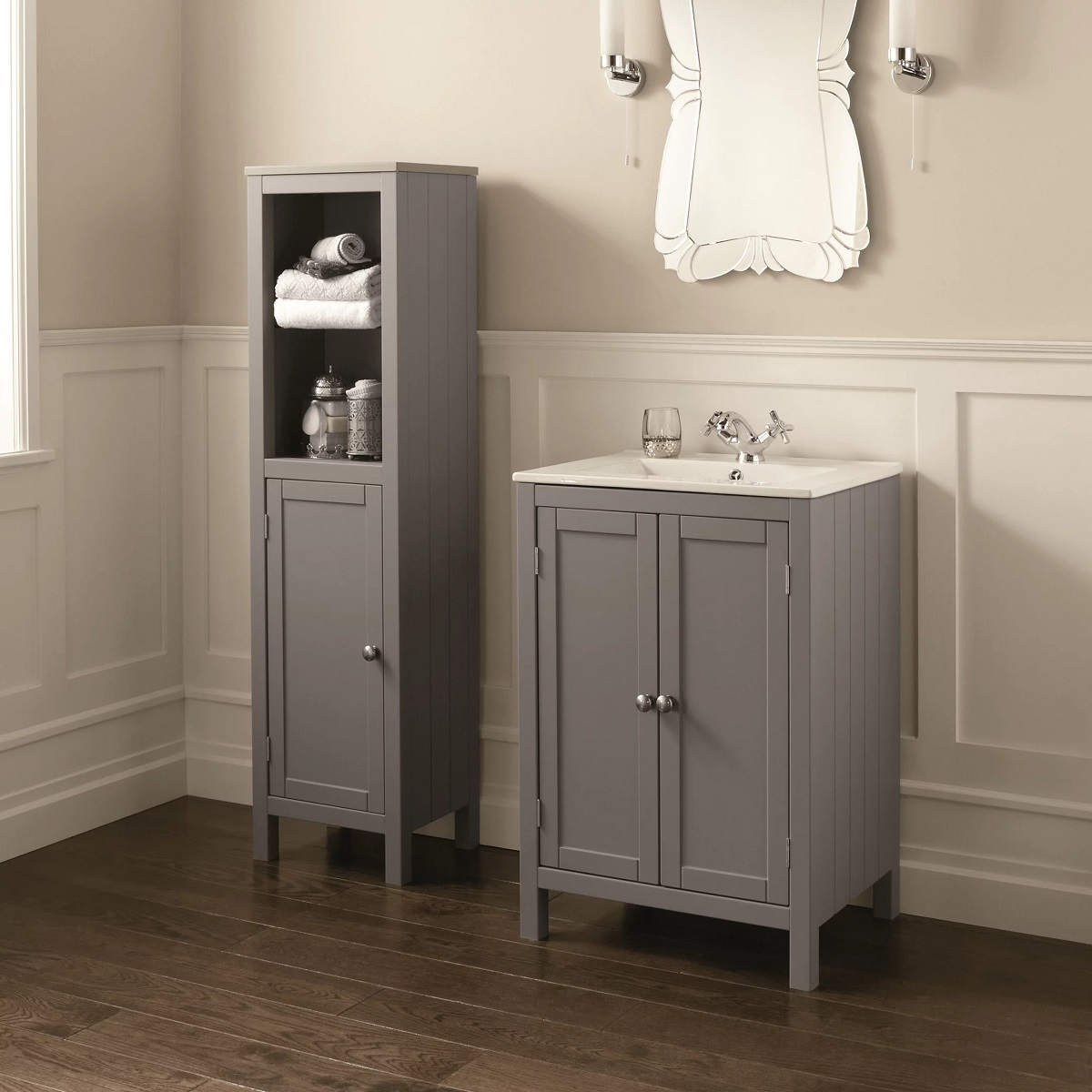

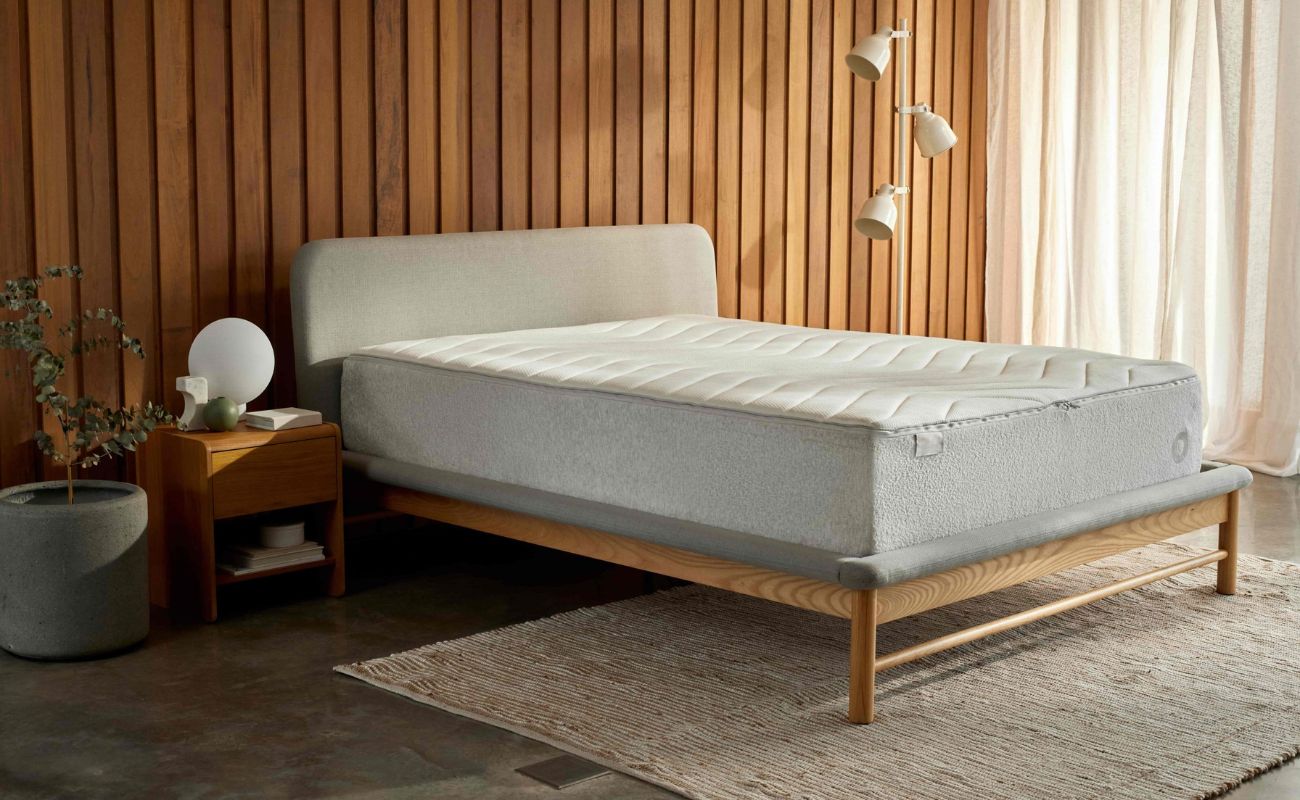
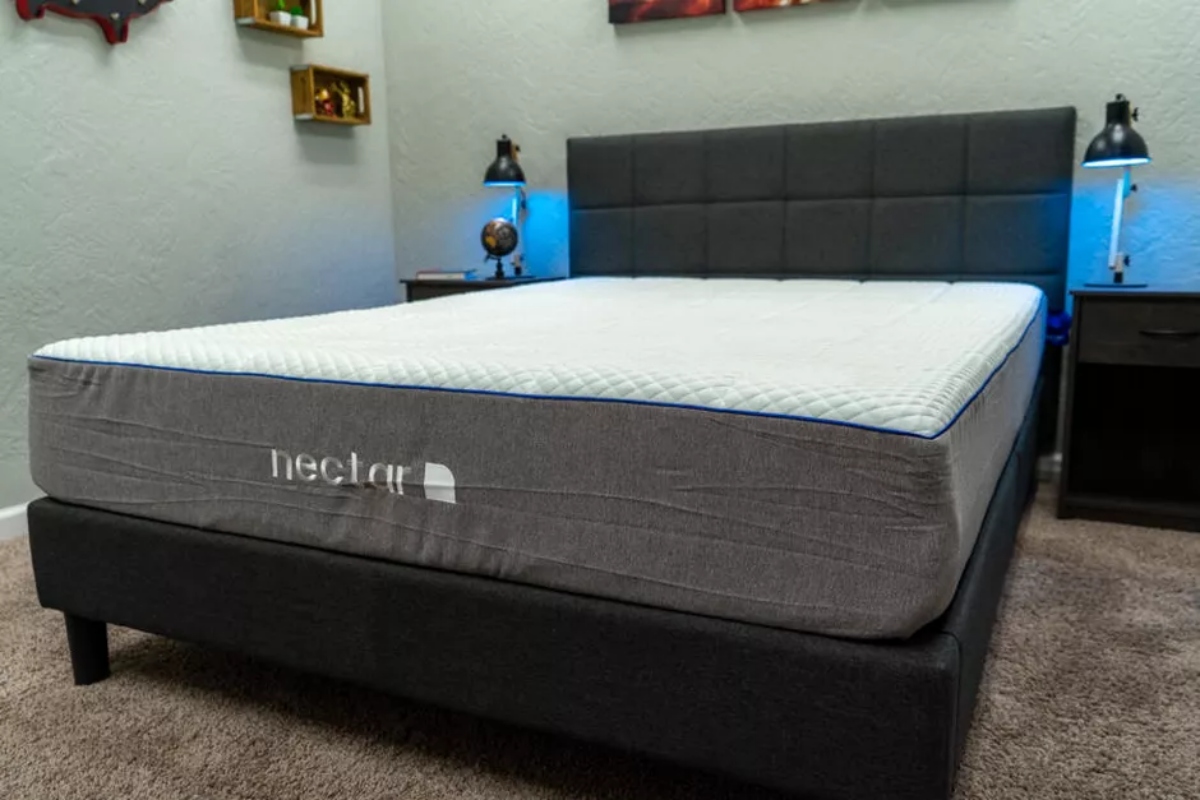

0 thoughts on “What Is Ada Toilet Height”